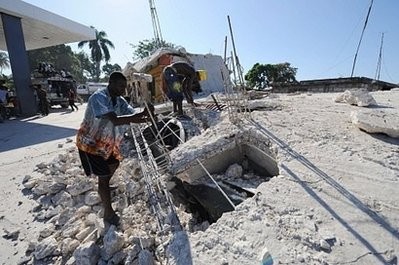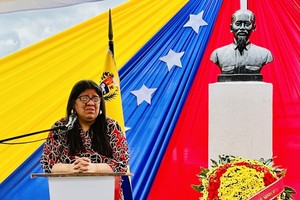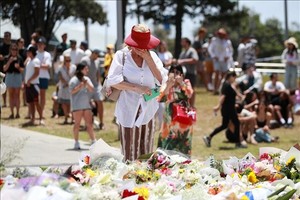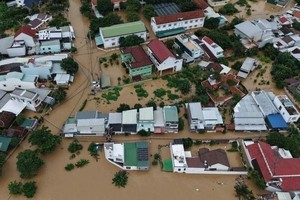The earthquake that devastated Haiti last week has reminded many Latin Americans of the perilous ground they stand on.
A map of the world's faultlines makes the danger clear: A red line running from the frigid tip of South America, along the continent's spine, to the warm waters of the Caribbean.
The cities on the faultline's path are among the biggest in the region: Santiago, La Paz, Lima, Quito, Bogota and Caracas. All of central America is threatened too.
The images of Haiti's destruction have brought back all-too-clear memories of past disasters -- an earthquake that hit Peru in 1970, killing 70,000 people; the 1976 quake that killed 25,000 people in Guatemala and Mexico City's 1985 tremor, which killed 10,000 people.

If that were not enought to worry about South America holds the unenviable record for the strongest earthquake ever measured, at 9.5 on the Richter scale. It hit in Valdivia in southern Chile on May 22, 1960 and killed 3,000 people.
The area with the highest risk of a major quake runs from southern Peru to northern Chile, according to Estella Minaya, director of the Regional Seismology Center for South America.
Strains across that region, gathering over decades "have built up more and more energy that will eventually explode," she told AFP.
So what can be done? After Haiti's suffering, the question of how to prepare for a major quake has gained fresh urgency.
In most of the countries in the risk zone, specialists and officials said drills are regularly organized and numerous observation stations have been set up.
But much remains to be done to protect the 586 million people living in the area, where close to 75 percent of people live in cities and a third live in poor, shoddily-constructed dwellings in shanty towns or slums.
"In Chile, Colombia, Peru, there is legislation intended to ensure that houses are build in accordance with earthquake-resistant regulations, but in Bolivia in particular, there are no controls in that regard," explains Minaya.
In Bogota, a city of seven million people, many in makeshift homes built on the side of a mountain, some 80 percent of buildings do not comply with earthquake rules, according to specialists cited in the local media.
In Venezuela, "more than half of the population lives in humble dwellings that could not withstand an earthquake and more than 60 percent of Venezuelans live in the zone most at risk for seismic activity," added Carlos Genatios, an expert on earthquake preparedness.
Across the continent, more and more specialists believe the most effective approach is "microzoning," with regulations for each area based on the risk of seismic activity there, rather than national rules that are frequently ignored.
Colombia and Ecuador have already implemented this system, but a there is a long way to go before "zero risk" is reached, experts say.
























